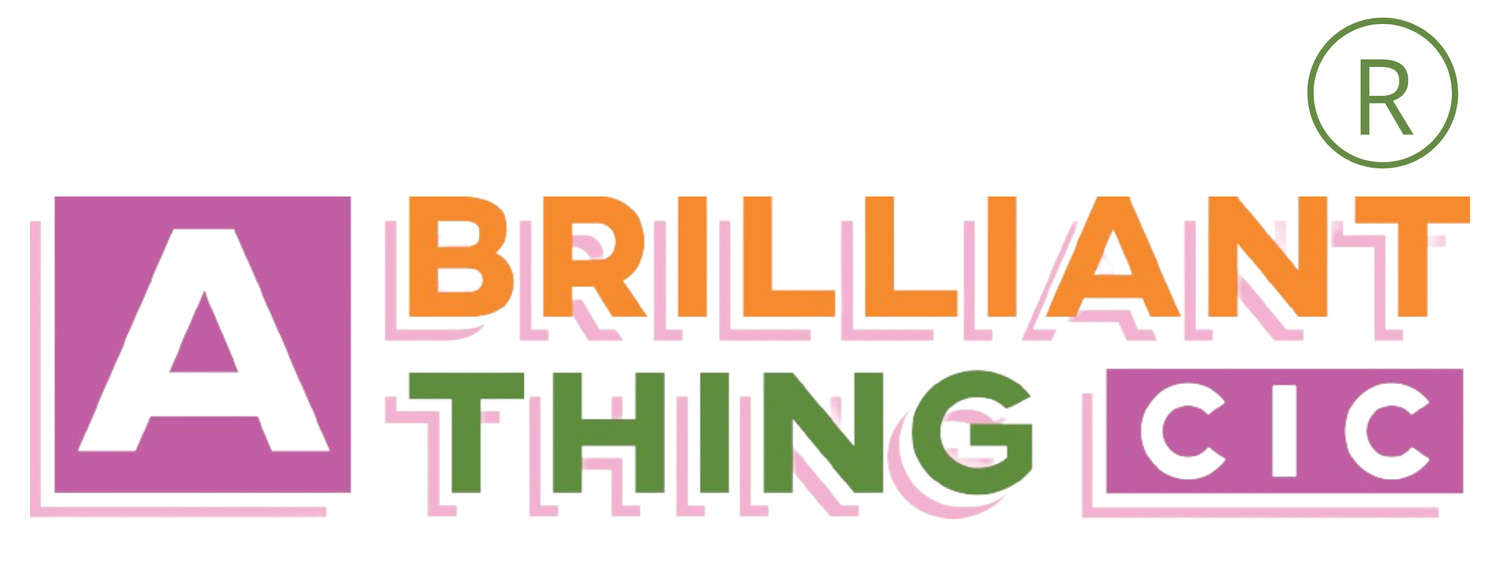Artefact: A story for the future
Artefact: an object made by a human being, typically one of cultural or historical interest.
We create artefacts everyday.
They are made in the present, and left behind to guide, inform or help our future selves. I love the idea of humans, going about their lives, work, time with family, time alone, repeatedly making and leaving behind artefacts, to be discovered, used and passed on later. They carry traces of our thinking and intention, ready for interpretation and understanding later.
We know artefacts as objects, but could it also be something more transient? Like a recipe passed down through generations, a rarely questioned ritual or a habit picked up by our children.
An artefact might shape an experience. The way furniture is arranged could be an artefact, created to encourage people to share - like chairs in a circle. People may be encouraged to behave in a certain way, fragments of a hierarchical class system might influence through time, passed on through the furnishings.
Anything we do now, leaves a message for the future. Artefacts at work matter. Our physical and digital spaces are collections of messages that layer and build our current and future work cultures. How we move around these spaces matters too, signage, accessibility, the tools we use, all carry stories that creates a picture of who we are, what we want and how we operate.
A slow decline: Right now we can use words to explain the need for a locked room for privacy, over time we stop explaining and new recruits understand the locked door as an artefact that communicates lack of trust. Slowly this artefact encourages a culture of protectionism and defensiveness, these cultures feel toxic and your organisation is attracting less new staff.
If artefacts can be this powerful, is there anything we can do?
Yes! In the example above, the communication about the locked door fizzled out, with continued and well crafted communication, the locked door could become an emblem for the organisations security and commitment to privacy.
Taking Care. By understanding that the things we make, carry ideas into the future, we can take care to clearly communicate meanings. Having conversations, about the stories of the things we create, can be revealing. You might uncover perceptions and perspectives that you may not have even considered.
Let's ensure the things we make, carry the stories we want to tell.

